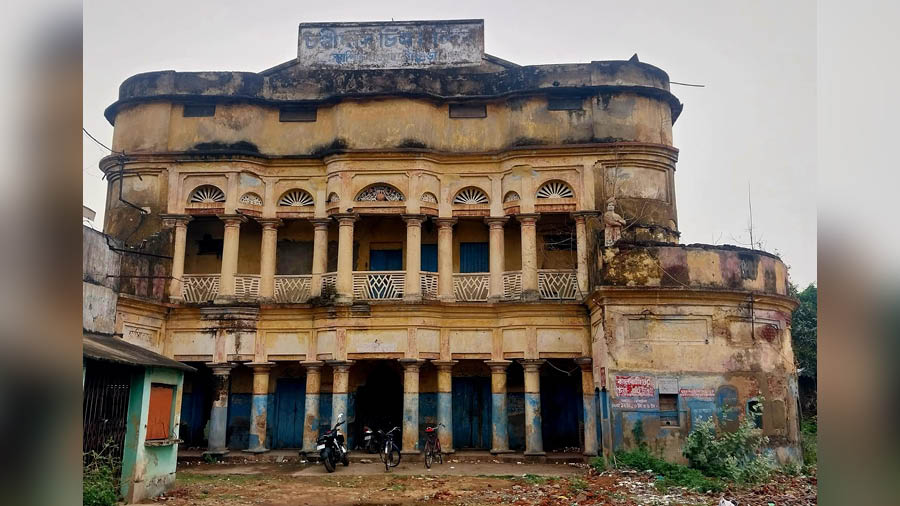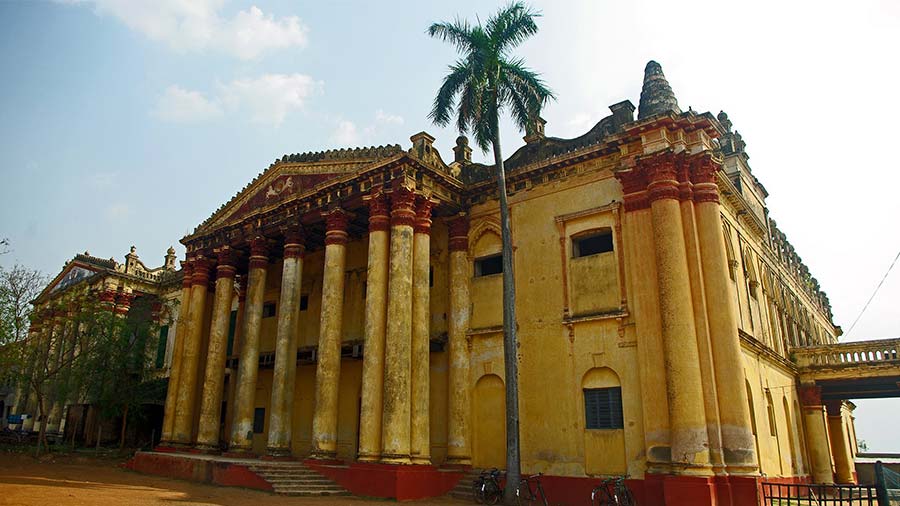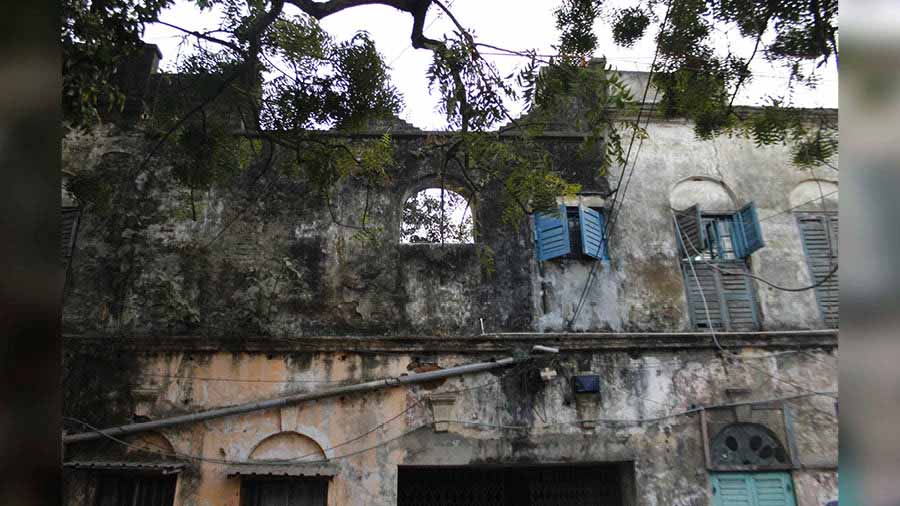The names we give our streets are hardly ever arbitrary. While some lanes are named after luminaries and historical figures who lived there, there are other roads whose names seem more literal, more self-evident. Bankura’s Cinema Road, for instance, tells an obvious story. Once home to three popular movie halls — Beena Pani, Chandidas and Basanti — this one street in northwest Bengal offered scores of moviegoers much-needed respite and recreation.
It has been years since these three Bankura theatres downed their shutters (Basanti shut down in the early 1960s, Beena Pani closed in the early 1990s, while Chandidas screened its last film in 2014), but a nostalgia for these single-screen theatres remains strong. Nagendranath Dutta, the man Bankura credits for its filmy Cinema Road history, is still hailed as a visionary. Dutta, who came from one of Bankura’s oldest families, had one prerogative — he wanted to quench his town’s thirst for action, adventure and entertainment.
With all three of Dutta’s cinemas now gone, Bankura’s residents today rely mostly only on television and OTT platforms for their everyday escape. Though it’s hard to skirt around modernity, Bankura’s Cinema Road is still its heritage, and its three run-down theatres seem proof of a wider apathy — today’s India, one feels, has little time for its yesteryear glory.
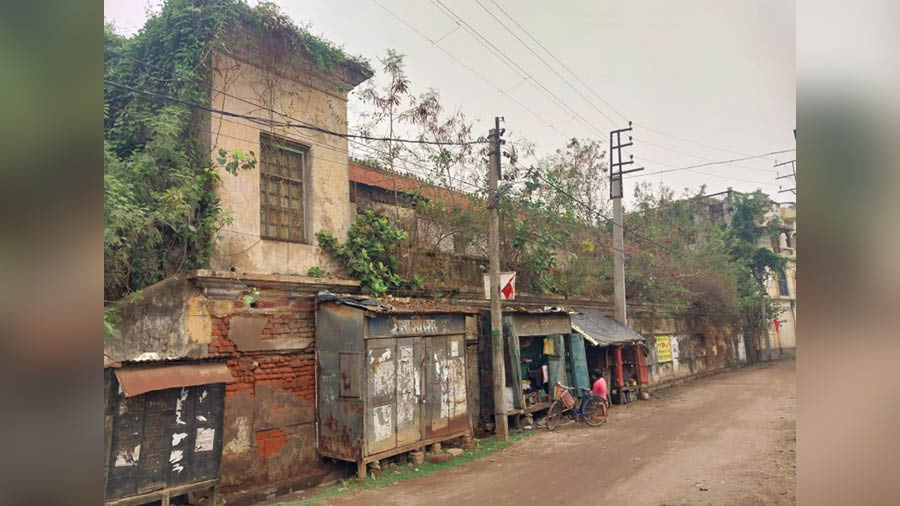
Beena Pani from the road outside
A four-and-a-half-hour train ride can bring you from Bankura to Kolkata. Single-screen cinemas here also seem to have been put through a Schrodinger experiment of some sort. They are simultaneously dead and alive. Several Kolkatans remember watching Hollywood films at either New Empire, Lighthouse or Globe. Priya and Menoka is where we went for our Hindi film fix, while halls like Minar, Bijoli and Chhabighar satisfied our craving for a more regional Bengali fare. With multiplexes now catering to all these needs, these historic cinema houses are barely frequented. Some look lacklustre, while others have bitten the dust.
The only street in Kolkata that perhaps compares to Bankura’s Cinema Road is Bidhan Sarani. Formerly known as Cornwallis Street, this north Calcutta para was once home to all of ten cinemas. Rupbani, which today stands demolished, had been given its name by Rabindranath Tagore, while the now-defunct Mitra had been inaugurated by Subhas Chandra Bose in 1931. The illustrious histories of these cinemas seem to be in stark contrast to their present dishevelled or decrepit selves. Bankura, it seems clear, is no exception. Though they lie in ruin, the stories people tell of its three golden theatres are all moving and poignant.
Beena Pani
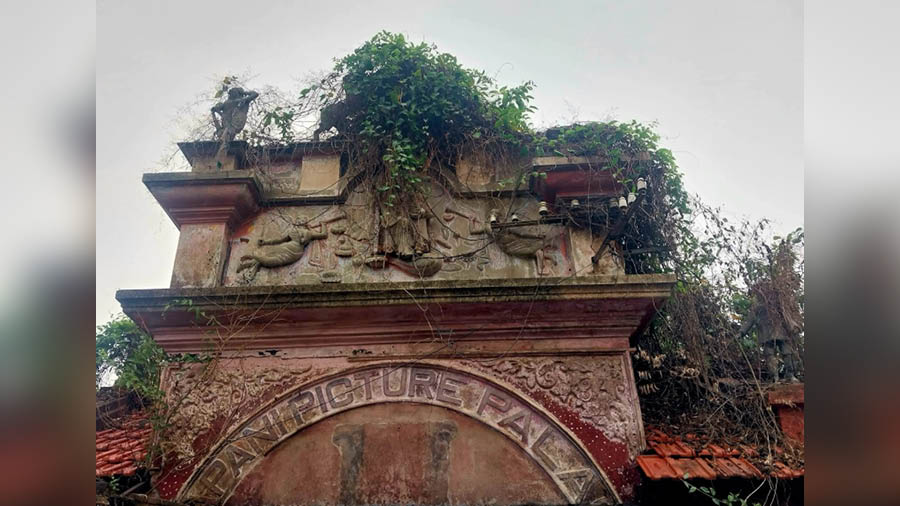
The words ‘BEENA PANI PICTURE PALACE’ are visible above the gate
After British officials had built an infrastructure for this cinema in 1929, Nagendranath Dutta took charge of Beena Pani with his partner Premji Chauhan, a prosperous Gujarati merchant of Bankura. Dutta’s grandson, Swapan Kumar told My Kolkata, “My grandfather was a man of varied interests. What he lacked in finances, he made up for in intellect. This is the time period in which his long-lasting partnership with Premji Chauhan materialised. Together, they offered Bankura an enhanced movie-viewing experience.”
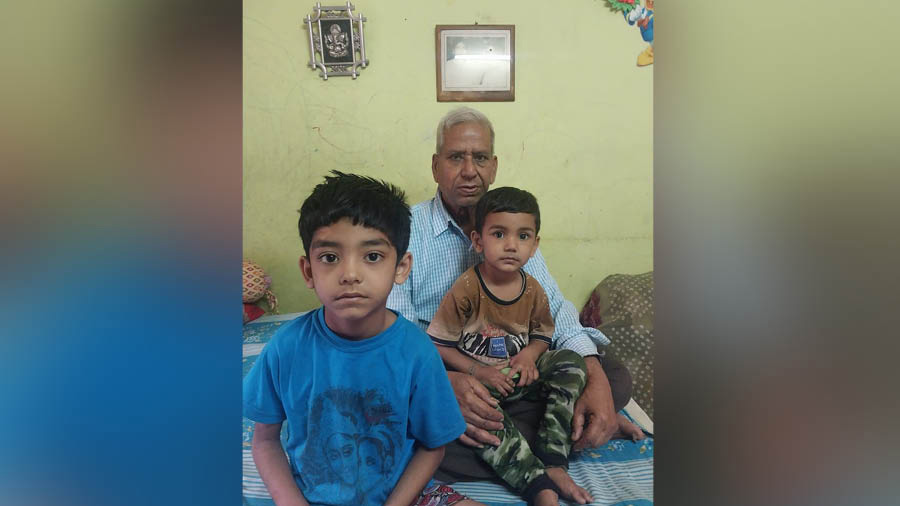
Swapan Kumar Dutta with his grandsons
Natwarlal Waghela owns Laljiraja, a local mustard oil brand which enjoyed an almost unrivalled popularity until the 1980’s. He said, “I remember I was sitting on the edge of Beena Pani’s open air walkway. It was adjacent to a tiny pond. While peeping in, I fell into the pond and was later rescued by Premjibhai. He had realised that the sudden thud he’d heard was a result of my child-like curiosity.” Lila N. Waghela, a local businesswoman, remembers how Beena Pani, Bankura's second biggest cinema hall, would organise special movie screenings for the town’s Gujarati community around Diwali every year.
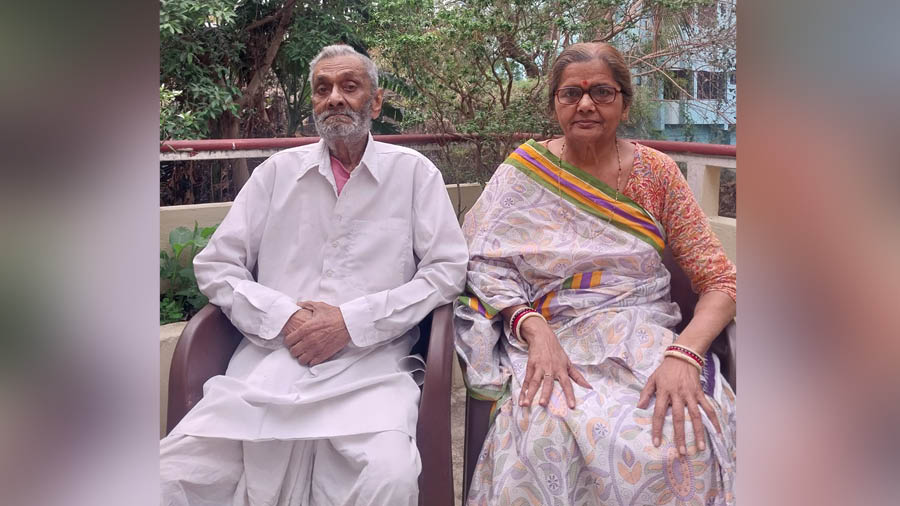
Natwarlal Waghela and Lila N. Waghela
The people of Bankura recall other memories — how the Uttam Kumar film Sagarika had run to full houses here in 1956 — but today, even as the words ‘BEENA PANI PICTURE PALACE’ are visible above its gate, they mourn the loss of the theatre, their beloved island of fantasy.
Chandidas
Once, when visiting the Bankura Division Controller's office, Rabindranath Tagore had made a suggestion to Nagendranath Dutta: ‘Why doesn’t he call one of his theatres Chandidas?’ Having opened in 1939 with a seating capacity of 700, one could buy a ticket here for as little as three annas. Bankura’s elders remember feeling overwhelmed by the majestic compound one had to walk through while heading to the Chandidas box office. “The movie hall resembled a palatial house, like the ones we see in ’90s Bollywood films. Later, it was remodelled to accommodate 1,200 people in one go," said Swapan Kumar.
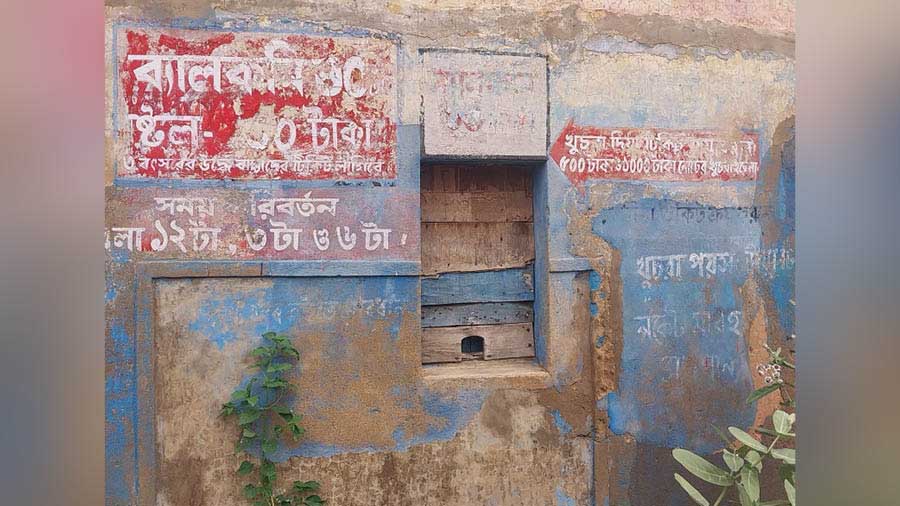
The ticketing booth of Chandidas
Other Bankura locals remember the circus of moviegoers, the singara sellers, the phuchkawalas, and ice-cream wagons that would gather around at 3pm, just in time for Chandidas’s first movie screening. Beder Meye Josna (1989), they recall, ran here for two months. Bankura remembers the film as fondly as it does the cha that one could buy right outside Chandidas. “Cinema Road used to be a place where small vendors and snack shops thrived. Film buffs only left around 12am, after the day’s last show,” added Swapan Kumar.
Basanti
If you turn left from the chemist’s shop on Cinema Road, you are sure to find some Bankura local reminiscing about the good-old days of Basanti. It was the first of Dutta’s movie ventures, a cause of much excitement for the town. The small film theatre used to project silent films, bringing to Bankura the work of several popular directors. Currently, the land is vacant. The peace here is a somewhat befitting reminder of Basanti’s silent movies. One feels one can still hear the claps and hooting of audiences, sounds that would fill a quiet vacuum.


